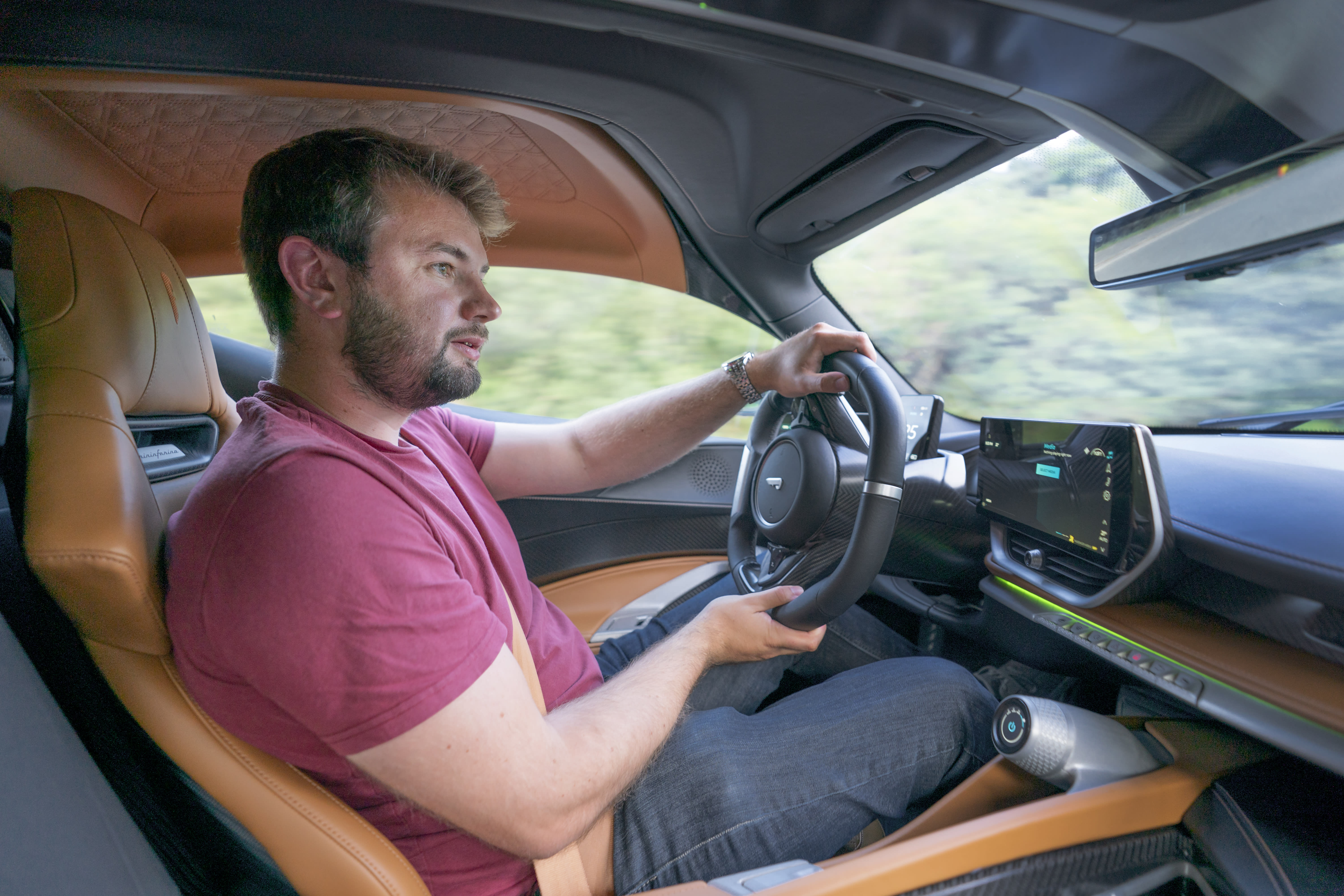
Peugeot 508 2024 Review & Pricing

Introduction
In many ways, the Peugeot 508 was the car that put Peugeot back into drivers’ consciousness. Not because it was especially popular, or because it was a volume proposition, but because the striking design set the tone for the rest of the Peugeot line-up, including the 208 and 308 hatchbacks and 3008 SUV. But the 508 was the genesis of that, and the car that made Peugeot’s rivals and customers sit up and take notice.
But now the 508 has been refreshed with an evolution of that startling design, as well as some new technology. Peugeot will be hoping that’s enough to keep the 508 competitive alongside some capable rivals, including the forthcoming VW Passat and the Skoda Octavia, as well as more premium saloons from the likes of BMW and Audi.
Select's rating score* - 3.5 / 5
At a Glance
As before, the 508 is a striking thing to look at, but it is perhaps even more handsome than ever. The new front end builds on that of its predecessor, but the nose is now better integrated with the body and the lights are slightly less aggressive. The result is something properly good-looking, particularly with that sloping rear window that gives it a more athletic look than that of a traditional four-door saloon.

Inside, the design is in keeping with other modern Peugeots, with the tiny steering wheel that has become a signature for the brand and a high-set digital instrument display. There’s a central touchscreen, too, and a clean, well-built dashboard that houses it all. Quality is remarkably good for a French saloon – everything feels solidly made – but the tech remains a little bit of a weak spot alongside the 508’s rivals.
Practicality, on the other hand, is impressive considering the 508’s shape. Although rear headroom isn’t brilliant, it is just about adequate for all but the tallest passengers, and legroom back there is ample. The boot is massive, too, and those who choose the ‘SW’ estate version get heaps of rear space to play with.
At the other end of the car, Peugeot has narrowed the engine range down to a choice of three. There’s a 1.2-litre petrol engine with 131hp, a 225hp 1.6-litre plug-in hybrid, and an even more powerful Peugeot Sport Engineered plug-in hybrid with a whopping 360hp and all-wheel drive. In truth, the 1.2-litre option will be enough for everyday use, but the 225hp hybrid’s promise of power, low emissions and high efficiency will draw customers in.
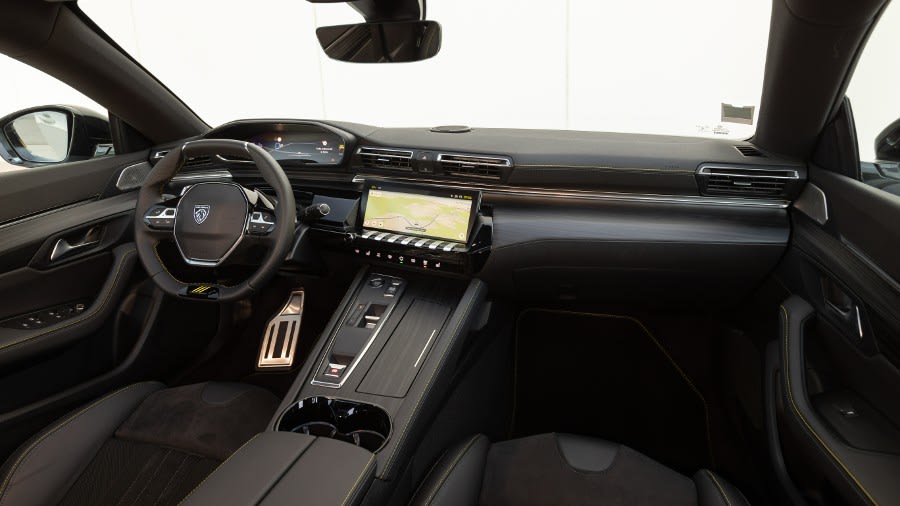
Key Features
Perhaps the biggest draw of the 508 is its looks, which are yet another bullseye from Peugeot’s design team. The company is on a roll right now, and the 508 looks fantastic. From the way the lights and grille meld into the nose to the way the rear window slopes into the sporty tail, it’s a really good-looking car – arguably better than the efforts from premium brands such as BMW and Audi. Whether that will be enough to lure customers away from the big German names remains to be seen, but the 508 will get noticed wherever it goes.
Also worthy of note is the 508 PSE model, the go-faster Peugeot Sport Engineered offering. It’ll be a niche choice, of that there can be no doubt, but with its 1.6-litre plug-in hybrid system producing 360hp and offering up to 34 miles of all-electric range, it sounds like a great mixture of power and economy. The inclusion of all-wheel drive should add to its appeal, too, but though its emissions are low, prices are high, and the inflated lease rates relative to the theoretically more efficient ‘standard’ plug-in hybrid will probably prevent it from gaining traction. A shame, because it’s a cool addition to the range.
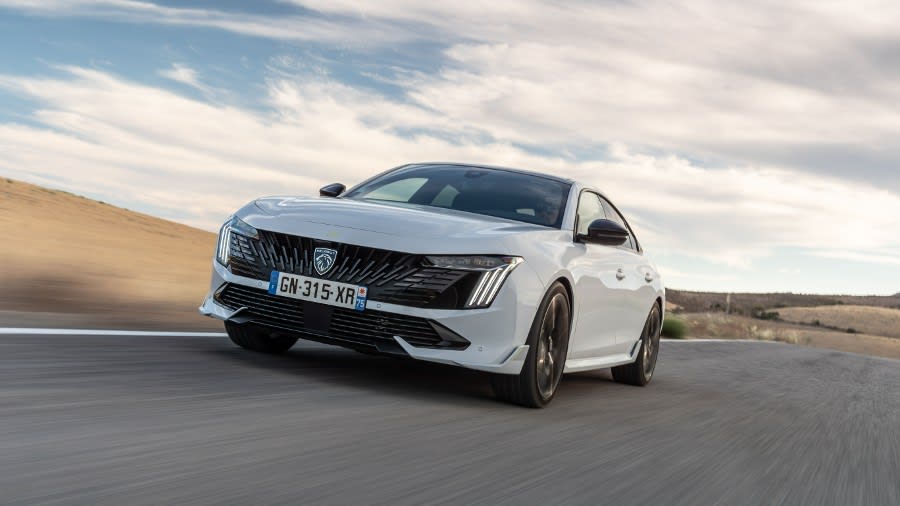
Range & Batteries
By modern standards, the 508’s 12.4kWh lithium-ion battery isn’t all that impressive. Not when the Mercedes-Benz C-Class plug-in hybrid has a 25.4kWh battery. And that means that whereas the C-Class will do around 60 miles on electricity alone, the Peugeot has an official electric-only range of 34-42 miles on a single charge. But that’s an official figure, and in the real world, expect to get around 20 or so. That’s still enough for the school run or a short commute, though, and for those who can charge at home and use the 508 only on shorter journeys, it should prove pretty fuel-efficient.
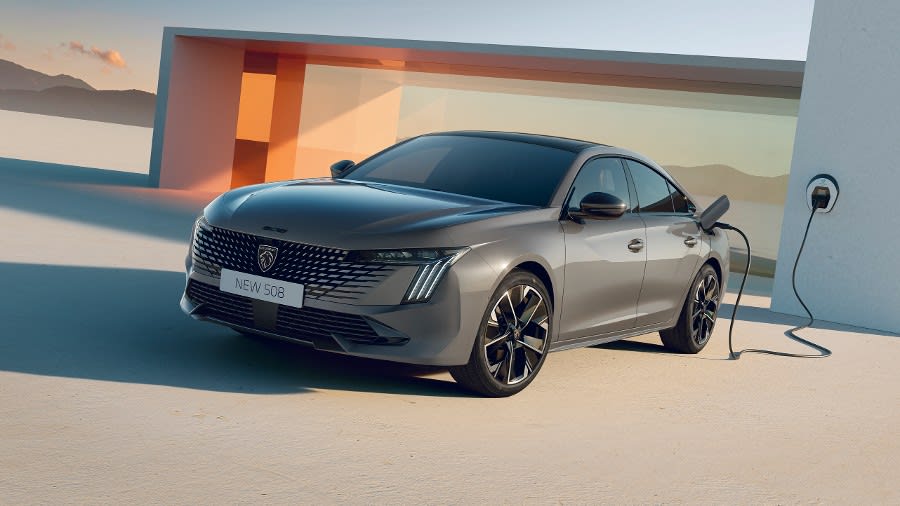
Performance & Drive
Customers get a simple choice of three different powertrains for the 508, with the basic option being a little 1.2-litre, three-cylinder petrol engine. That might sound like the sort of thing that powers a city car or a hedge trimmer, but it’s turbocharged to produce 131hp, and that’s adequate in a 508. Sure, the eight-speed automatic gearbox that comes as standard isn’t the best – it’s a bit sluggish at times and jerky at others – but it’s quite smooth in the cruise and it does the job. Even if the basic, front-wheel-drive 508 does take 10 seconds to get from 0-62mph.
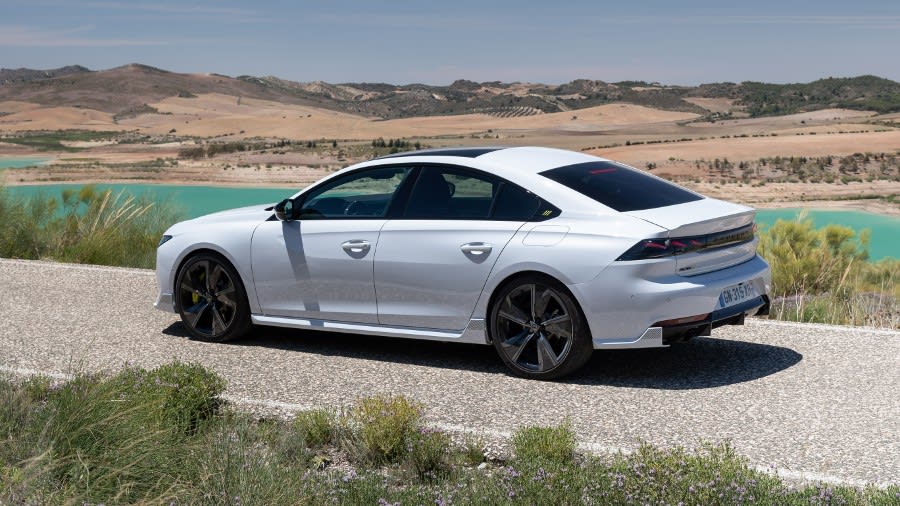
If you want more power, you’ll have to go for a plug-in hybrid, and the most obvious choice of those is the 1.6-litre, 225hp option, which combines a 1.6-litre petrol engine with a 110hp electric motor, both of which drive the front wheels via an eight-speed automatic gearbox. With almost 100hp more than the petrol, it’s a bit faster, getting from 0-62mph in less than eight seconds, but it isn’t as refined as you might expect. Sure, it’s quiet when you’re running on electrical power alone, but the 1.6-litre, four-cylinder engine is not as smooth as the 1.2-litre.
For maximum performance, however, the Peugeot Sport Engineered (PSE) model is the one to go for. While it will remain a niche choice, 360hp, all-wheel drive and a 0-62mph time of 5.2 seconds will all appeal to some customers, particularly given the car’s low emissions.
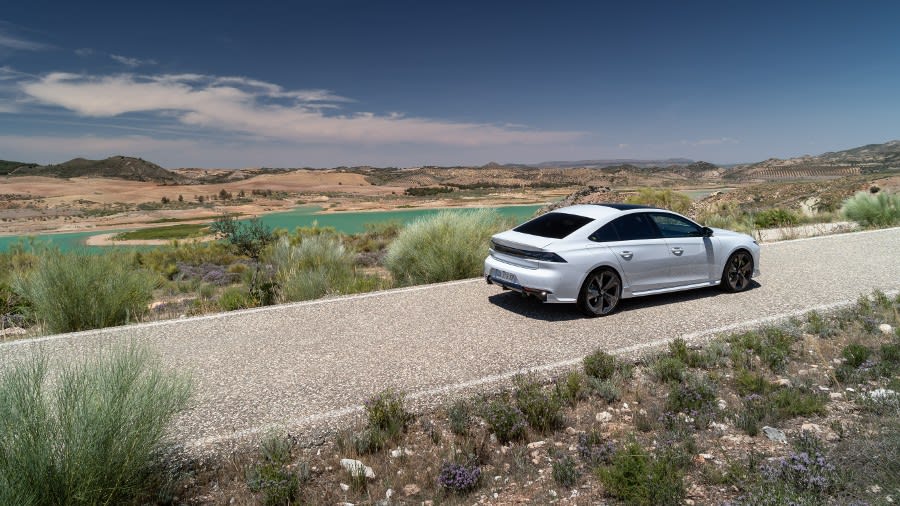
Although the PSE gets a sportier set-up than its siblings, the other 508 models are very much designed for motorway driving, rather than handling. The tiny steering wheel is light and lacks feedback, which doesn’t inspire much confidence in corners, while the suspension is set up more for comfort at speed than for body control in bends. That said, the 508 doesn’t lean too much in corners, so it’s quite happy on a country road. It’s just at its best cruising along the motorway.
It’s perfectly capable in town, too, although the hatchback doesn’t have brilliant visibility, but the light steering makes it feel nimble and manoeuvrable. The suspension doesn’t cope quite as well at low speeds as it does on the motorway, however, but only the sharpest potholes will jar those in the cabin.
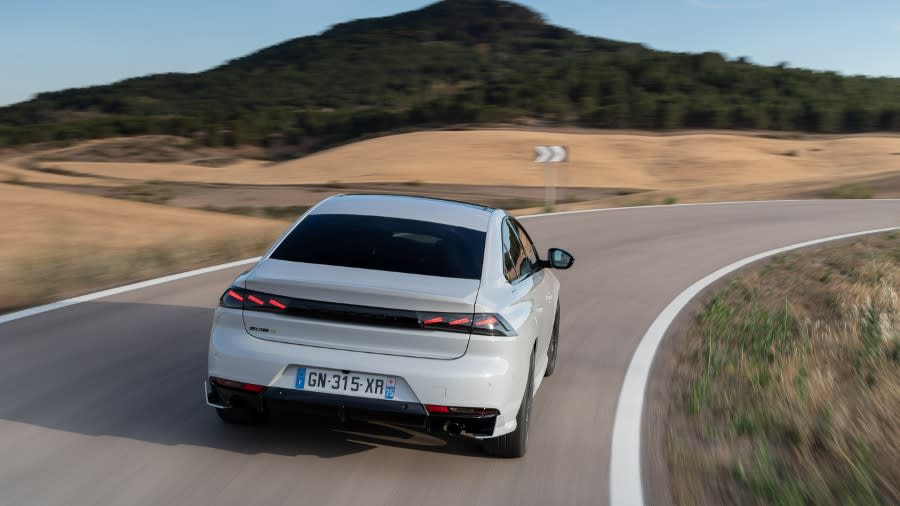
Charging
With a relatively small battery, charging the 508 should be relatively quick and cheap. Specify the optional 7.4kWh on-board charger and use a domestic ‘wallbox’ charging point, rather than a three-pin plug, and it should only take an hour and 40 minutes to fill the battery. Admittedly, that’s hardly quick compared with a five-minute fuel stop, but it means you can fully charge easily while at work, or even when out for dinner. Do that regularly, and you could be looking at very cheap motoring – at least on short journeys.
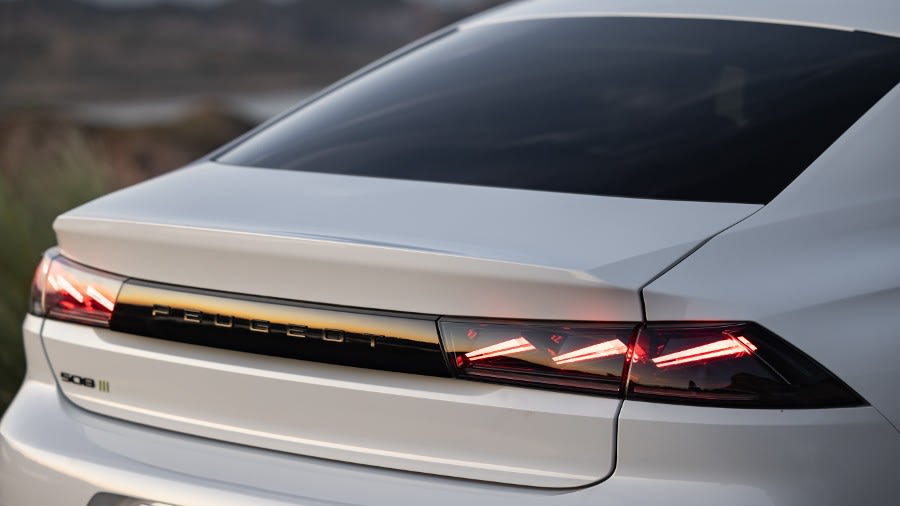
Running Costs & Emissions
On paper, at least, no version of the 508 should be that expensive to run. Sure, the plug-in hybrid’s battery isn’t massive and that limits the electric range quite a bit, but for trips into town and other short journeys, it really won’t cost much. Particularly if you invest in a home charging unit. But even the petrol version, which manages up to 50mpg on the official economy test, is hardly thirsty.
While it’s true that neither is as efficient on a long journey as the 1.5- and 2.0-litre diesel options previously offered to 508 customers, both petrol and hybrid 508s will prove fairly economical if they’re used as intended.
But for most company car drivers, that isn’t the important thing. Instead, they want cheap tax, and that can be found in the plug-in hybrid versions of the 508. With emissions well below the 50g/km threshold, even in the PSE model, they will cost peanuts in Benefit-in-Kind tax. And with this kind of car, that’s a really important consideration.
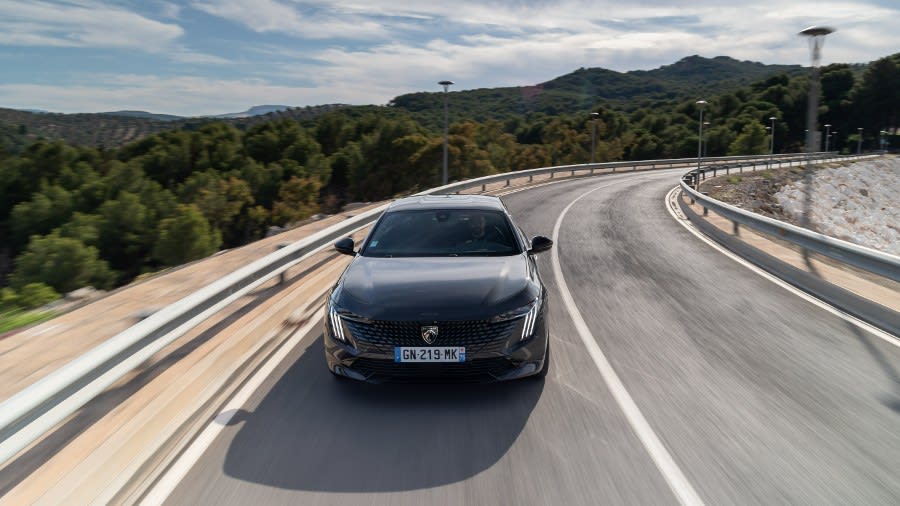
Interior & Technology
Although the 508’s cabin hasn’t changed dramatically since the car’s introduction, it didn’t really need to. Peugeot’s interior quality these days is very good, albeit not quite at the levels expected of premium models, and the 508’s cabin has a bit of style. It’s true that the small steering wheel feels incongruous in a big saloon, but at least it’s smartly styled and the high-set instrument cluster looks quite smart.
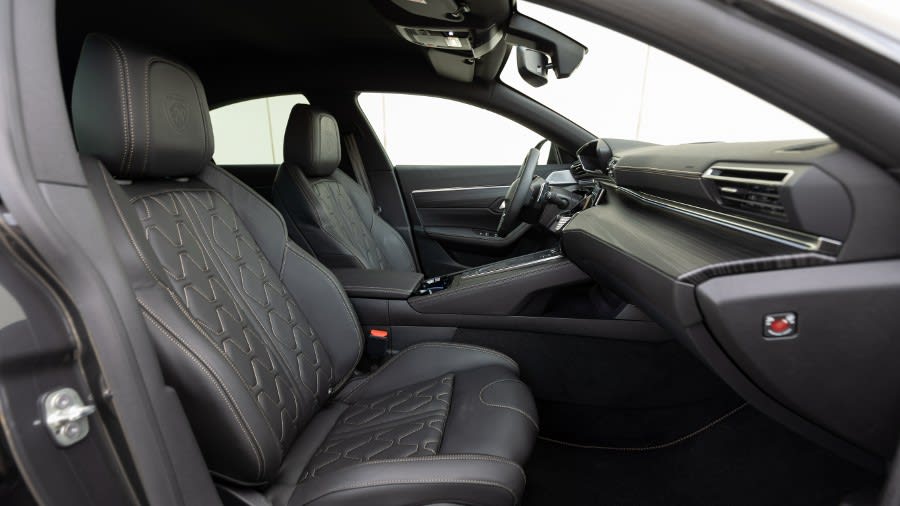
There’s a big central toucshcreen, too, which comes with satellite navigation as standard. Yes, the Peugeot touchscreens are far from the best in the business, particularly with the climate control integrated into the screen, but they have improved in recent years, and now they are at least reasonably easy to navigate. The ‘piano keys’ in the dash are pretty useful shortcuts for getting to where you want to be.
But the quality is the surprise package in the 508, with materials that generally feel tactile and robust, even if some of the less commonly touched plastics feel slightly cheap. And there’s no faulting the way in which it has been constructed, with some really substantial-feeling switchgear that promises to cope with everything you’re likely to throw at it.
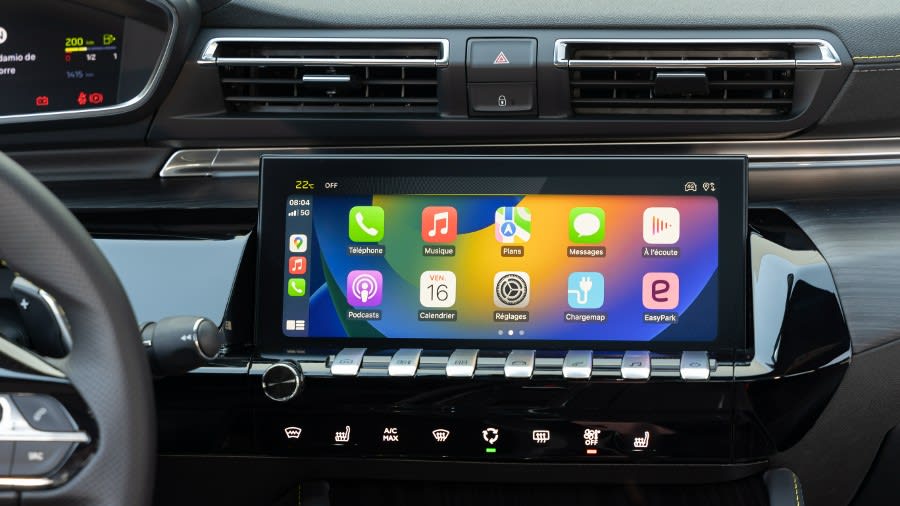
Practicality & Boot Space
Given the 508’s fastback styling, you might expect it to struggle when it comes to practicality. And while there’s a bit of truth in that, things really aren’t that bad. For those in the front seats, the 508 is more than spacious enough, and while the small steering wheel and high-set instrument display mean getting comfortable isn’t as simple as it should be, it isn’t as bad as in some other Peugeot products. Rear space is just about acceptable, too, with ample legroom for passengers to stretch out, although taller passengers will suffer slightly for the sloping roofline. Still, it isn’t disastrous by any means, and children will have more than enough space back there.
More impressive is the boot, which measures 487 litres no matter whether you choose the hybrid or not. Apparently, that’s because the battery lives under the back seats, rather than under the boot floor. The result is a huge boot that’s more than competitive alongside rival cars, but can be expanded further still by choosing the 508 SW estate, which is a little better at carrying bulky or tall objects.
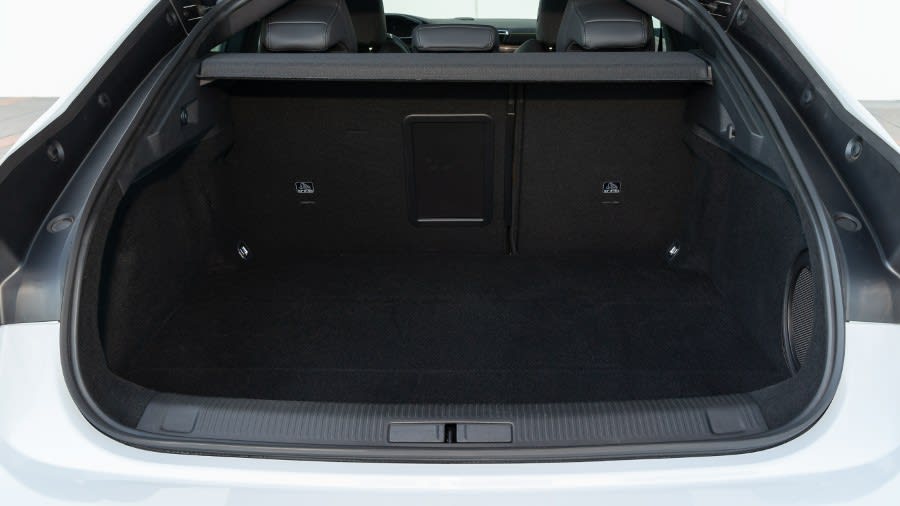
Safety
Although the 508 hasn’t been crash-tested by Euro NCAP since its visual updates, it still has the same basic architecture, so the old model’s rating still stands. Fortunately it’s a strong one – the 508 got a full five stars back in 2018 – with particularly impressive scores for adult and child occupant protection. Admittedly, it didn’t do quite so well in terms of vulnerable road user protection and safety assistance tech, but it still scored reasonably across the board.
Speaking of safety tech, the 508 comes with plenty of it, all designed to help make sure you don’t have to try out the occupant protection credentials for real. Naturally, there’s autonomous emergency braking that can stop the car if you fail to respond to a hazard, and lane departure warning to stop the car wandering from its lane. However, that’s teamed with steering assistance tech that grabs at the wheel alarmingly whenever it thinks you’re getting close to the line. That’s fine when your attention wanders on the motorway and the car begins to drift, but less so when you’re driving down a narrow country lane and the car catapults you towards oncoming traffic or a hedge. Or if it randomly imagines a non-existent line and begins fighting against you as you drive. At least you can switch it off.
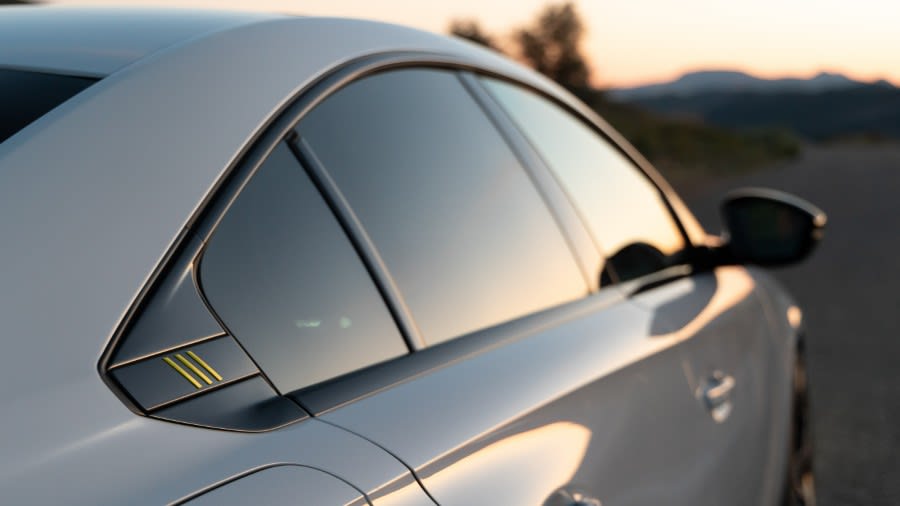
Options
The 508 range is pretty simple, with a choice of two ‘mainstream’ models – the Allure and the GT – sitting beneath the bespoke PSE trim. Both are well equipped, with even the basic Allure getting a rear-view camera and a 10-inch touchscreen with Apple CarPlay and Android Auto smartphone tech. The Allure comes with 17-inch alloys and part-leather upholstery, too, which makes it sufficiently equipped for most.
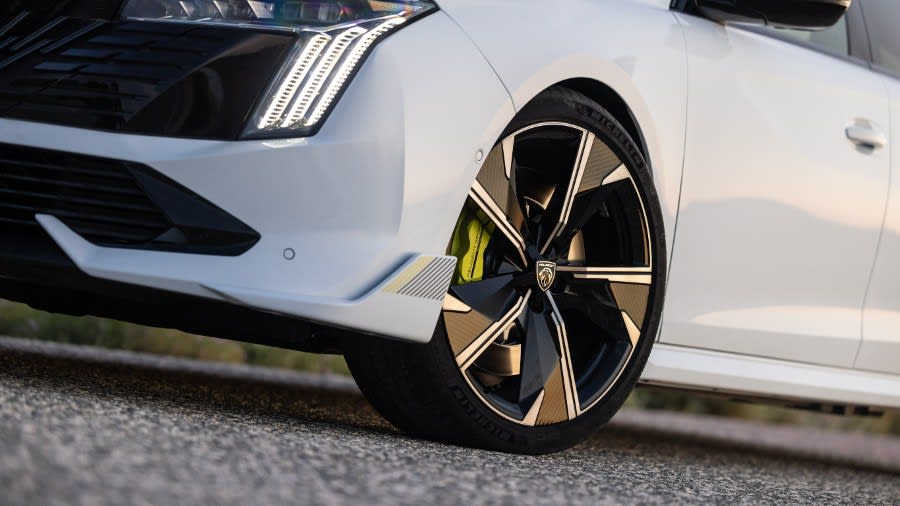
But the GT is the one to have, with a 360-degree camera, 18-inch alloy wheels and heated front seats singling it out at the top of the range. It gets adaptive cruise control, too, plus some sporty-looking GT badging and a few other minor visual adjustments.
Finally, the PSE gets 20-inch alloy wheels and bright brake callipers, along with its own glossy black front grille, plus all the equipment you find on the GT model. It’s a plentiful specification, albeit one with a sporting angle that might not be to everyone’s taste.

Rival Cars
The list of rivals with which the 508 must do battle is narrowing seemingly by the week, now the Mazda6 and Ford Mondeo have both departed the new car market. The Kia Optima and Hyundai i40 are both long gone, too, but there are still credible rivals for the sleek 508.
Chief among which is the forthcoming Volkswagen Passat. More technologically advanced than ever before and equipped with a range of efficient engine options, it promises to provide grown-up competition to the Peugeot. However, VW’s tech isn’t what it once was, and the brand’s interiors haven’t been especially solid or ergonomic of late. Still VW says all that is on the mend, and the Passat is set to be a popular choice, even if it isn’t quite as pretty as the 508.
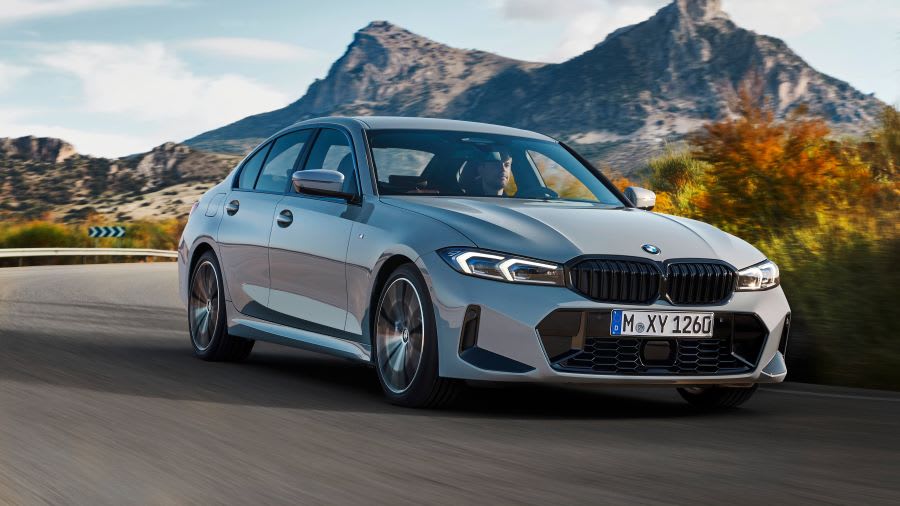
The 508 also has to face the challenge from premium marques, which tend to be more competitively priced for lease customers than for those paying cash. The Mercedes-Benz C-Class, BMW 3 Series (above) and Audi A4 all cost a similar amount to the 508 month-to-month, and that means the Peugeot is up against it. All four are well-built cars, and all four are better to drive than the French contender, which can only fight back with its design and on-paper efficiency.
When other, more left-field premium alternatives, including the Genesis G70 and the soon-to-be-discontinued Volvo S60 are also in the offing, the Peugeot really does have its work cut out.

Verdict & Next Steps
The 508 still looks superb, but in every other aspect, it’s beginning to show its age. So while the design and the cabin are fresh and well executed, and the driving experience is adequate, the powertrains don’t quite stack up against the best in the business. And in a competitive lease market, the Peugeot is competing with some seriously capable rivals that do not take prisoners. Yet despite all that, it’s a likeable car that will have appeal for those who don’t want to follow the herd, and for that, it should be applauded.
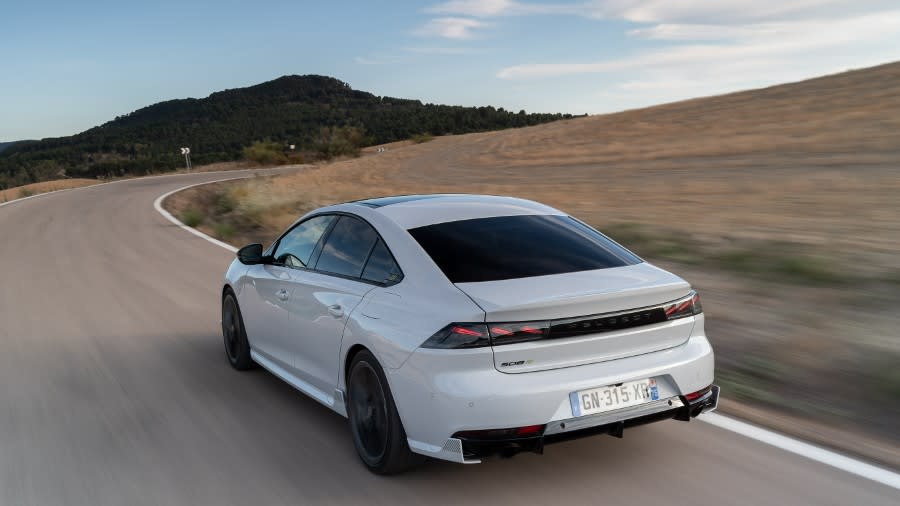
Where to next?
View latest Peugeot 508 hatchback lease deals - from just £461 per month inc VAT**.
Call us on 0118 3048 688 or hit the green 'Enquire' button for more details.
Looking for a great leasing deal? Check out our incredible range of Special Offers and Lease Deals.
New Hatchback? Read our latest Reviews and find the right model for you.
Want to know more about leasing? Take a look at our comprehensive Leasing Guides.
Interested in everything motoring? Why not catch up on all the latest Car Leasing News.
**Score based on Select’s unique meta score analysis, taking into account the UK’s top leading independent car website reviews of the Honda HR-V.
**Correct as of 08/04/2024. Based on 9 months initial payment, 5,000 miles annually, over a 48 month lease. Initial payment equivalent to 9 monthly payments, or £4,148.37 (Plus admin fee) Ts and Cs apply. Credit is subject to status.
